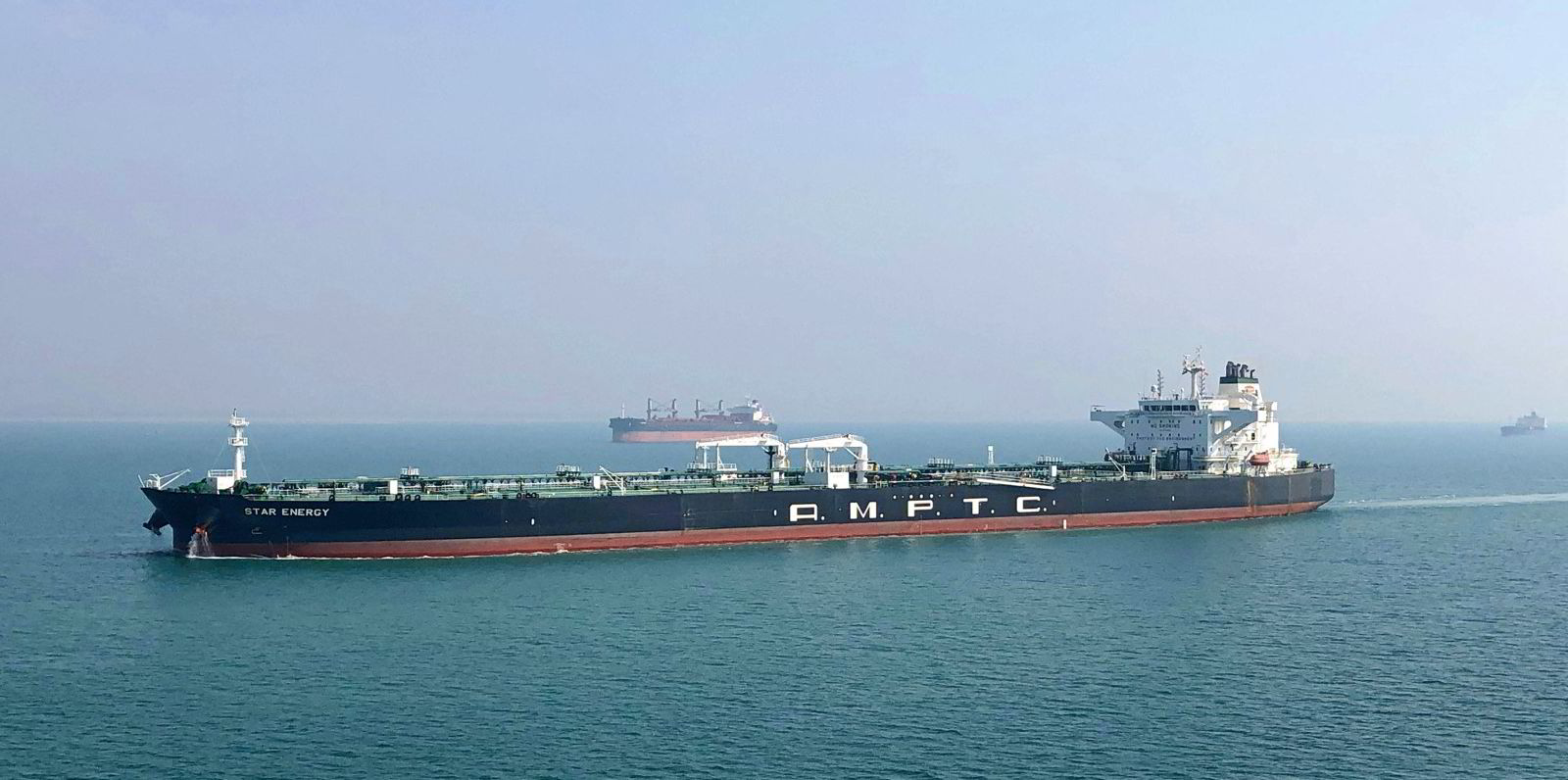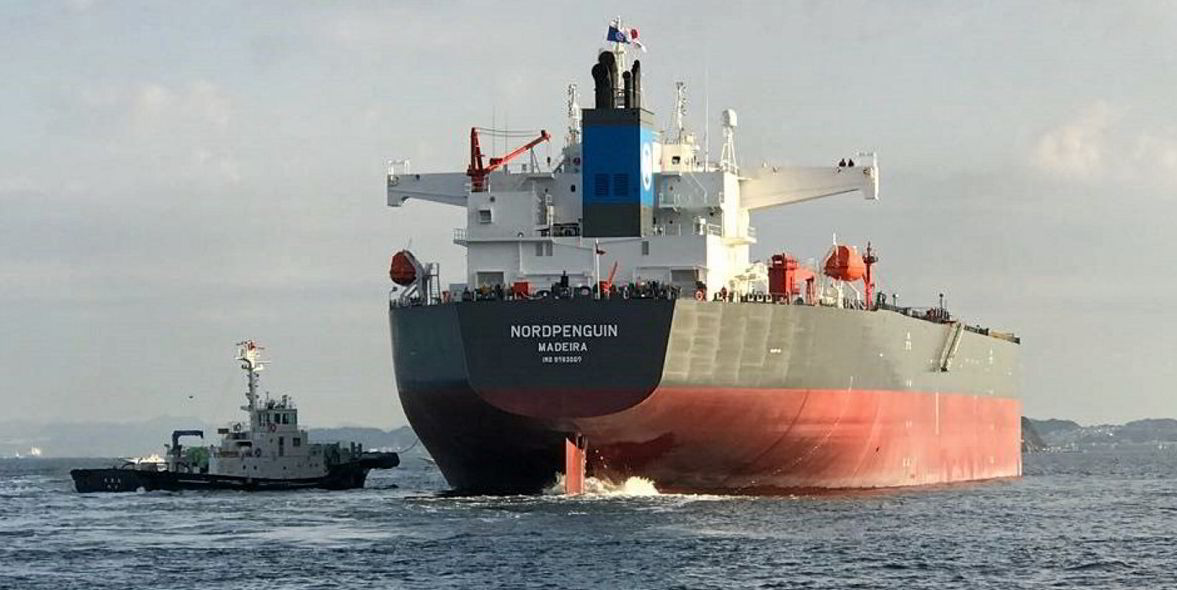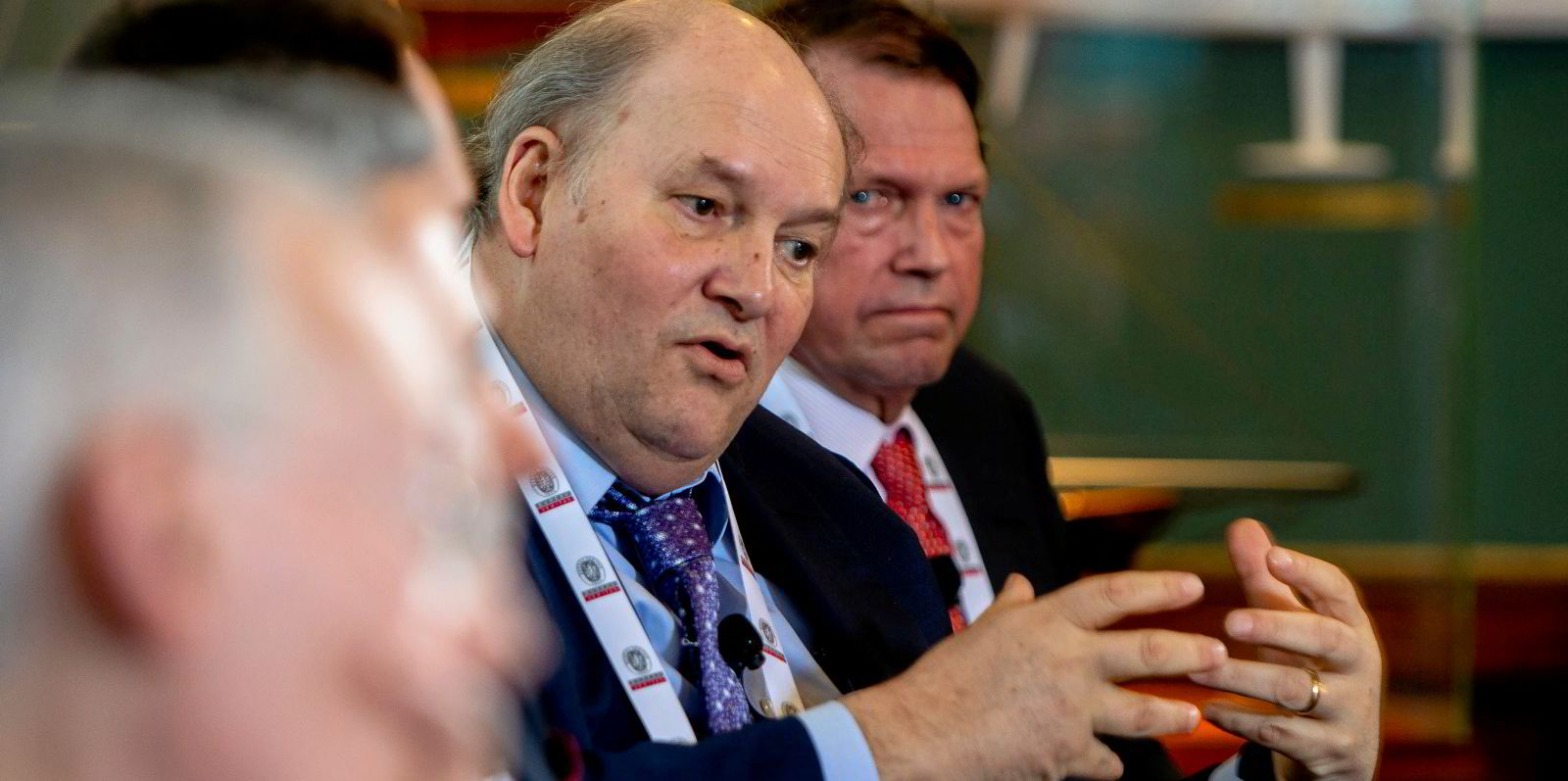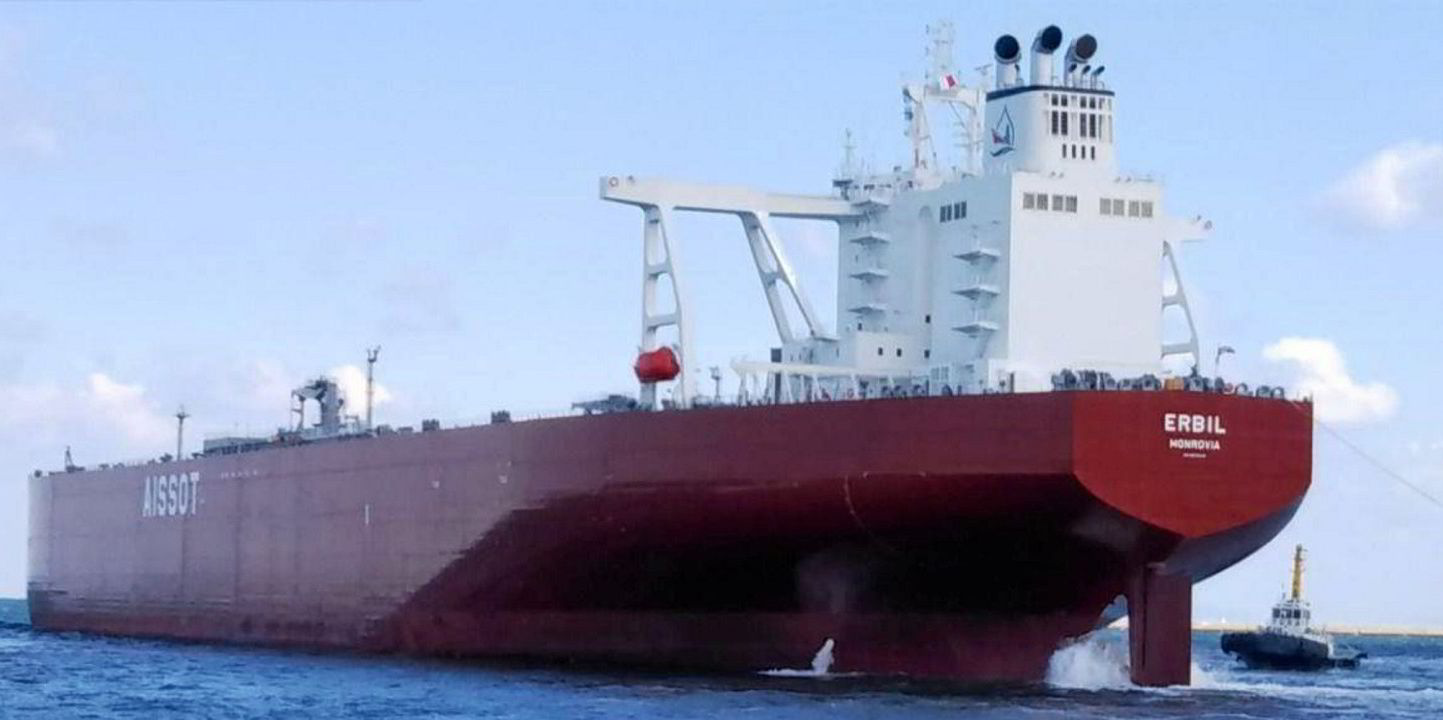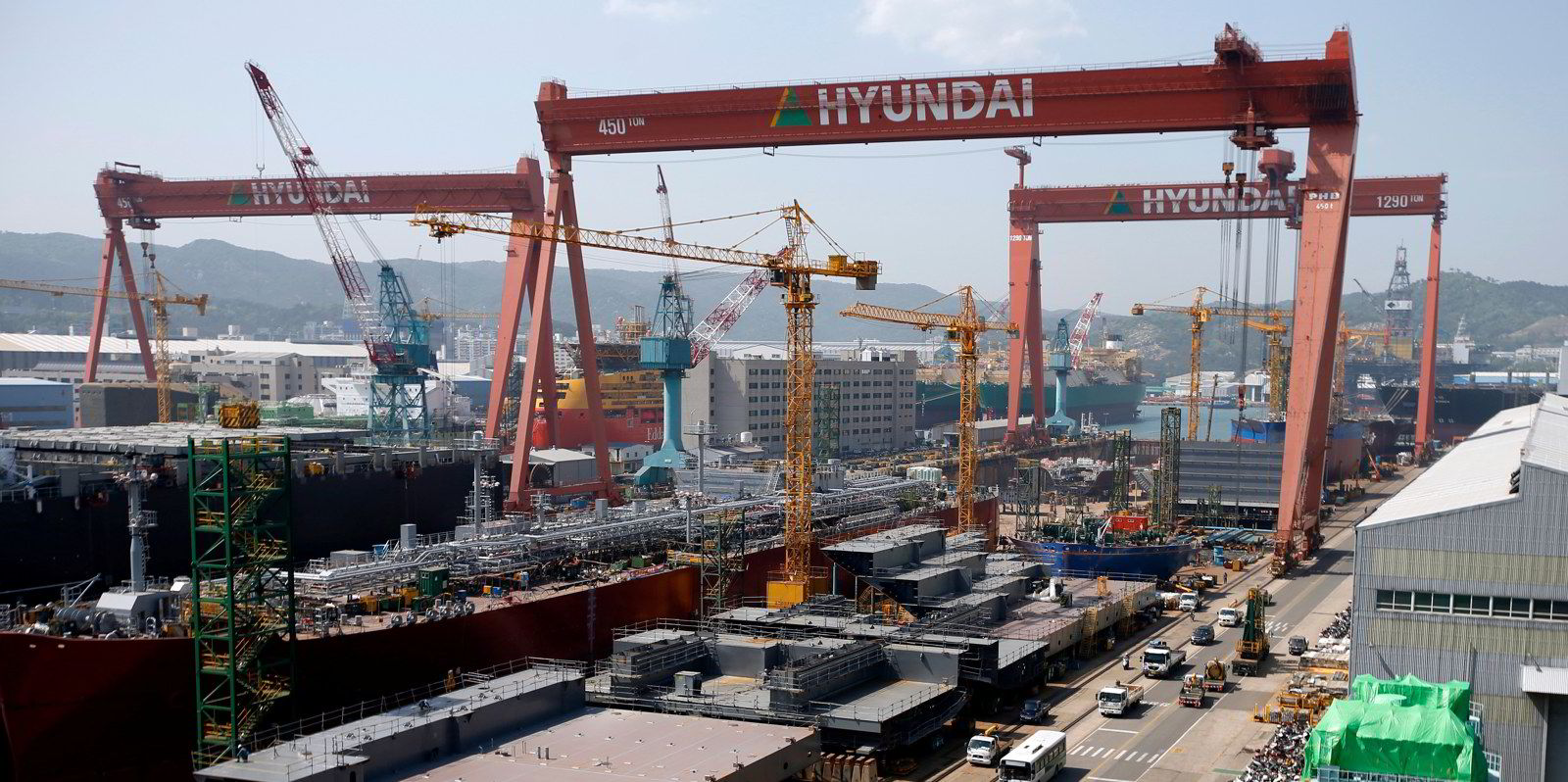Economies of scale have driven up vessel sizes in the container and dry bulk shipping sectors in recent decades. In the tanker industry, however, similar attempts have failed.
Just as ULCCs went out of fashion at the turn of this century, LR3s will likely “die a slow, painful death” due to limited trading opportunities, Alphatanker suggested in an analysis.
“It is doubtful whether there will be any new orders for LR3s going forward,” the AXSMarine research unit said in a note.
“They will likely become a scarcer and scarcer sight on the ocean.”
With a size identical to suezmax tankers, LR3s are designed to carry crude, fuel oil and refined products on long-haul trading routes.
The vessels were supposed to enjoy the lowest unit costs across the product tanker segments against a favourable refining landscape, Alphatanker said.
Things indeed seemed to be going LR3s' way.
Oil-refining capacity underwent rapid expansion in the east-of-Suez market over the past decade and the International Energy Agency has forecast China and other parts of emerging Asia to add another 3.2m barrels per day (bpd) of capacity between 2020 and 2026.
Moreover, Alphatanker estimated that 63% of the 1.9m-bpd refining capacity set to be shut down in 2020 and 2021 would be in the Atlantic basin.
“Refinery closures will support Europe’s middle distillate net-import requirement by necessitating the transforming of a number of shuttered coastal refineries into product import terminals able to receive large tankers,” Alphatanker's analysts wrote.
“As the average size of newly commissioned refineries has increased exponentially over the past decade, it is now relatively easy for many of the recent east-of-Suez plants to produce 1m-barrel parcels to fill an LR3.”
Reality bites
In the real world, however, LR3s have been losing employment opportunities to uncoated newbuilding tankers that can load refined products in their first voyages.
Alphatanker data shows 33 newbuilding suezmaxes and VLCCs in such trades since January 2020, shipping cargoes from Asia and the Middle East to the Atlantic basin.
“Considering our prevailing expectation that the crude tanker market will remain relatively difficult into 2022, this suggests that there will be no shortage of willing crude tanker candidates,” Alphatanker said.
Other factors preventing L3s from being fully utilised, according to the analysis, have to do with ship design, prevailing cargo sizes and infrastructure.
“Existing LR3s do not generally have a large number of separate tanks compared with modern [product] carriers,” Alphatanker said.
“This has made it more difficult for charterers to utilise them to their full capacity by using them to transport several products or grades on the same voyage.
“Most clean-trading [LR3s] are currently being used for storage as segregation is less important for such deployment.”
Furthermore, port infrastructure has not kept pace with developments in the refining industry, analysts argued.
“In mature regions such as the Mediterranean, an LR3 must be lightered at sea, adding to the cost for charterers compared with hiring an LR2,” they added.
Alphatanker analysts said LR3s also lack back-haul opportunities as more refiners in northern Europe, the Baltic Sea and North Africa prefers to export naphtha to Asia on LR2s.
“LR3s are having to offer rates equivalent to an LR2 which, considering their higher fuel consumption, suggests that LR3s would have a lower return,” they wrote.
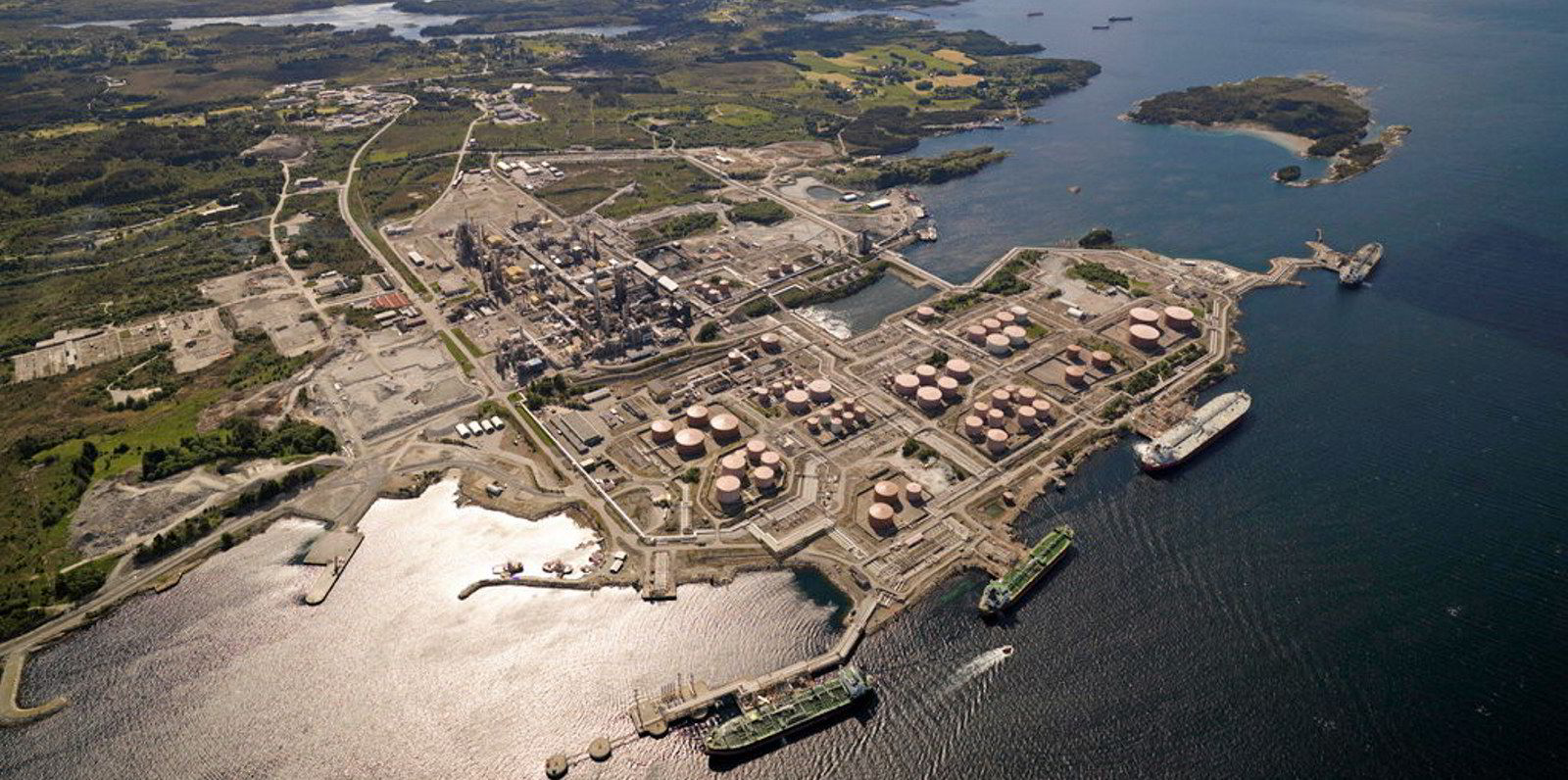
Dim outlook
Figures from affiliate shipbroker Barry Rogliano Salles reveal that 26 LR3s built between 1996 and 2019 are currently in operation. Twelve of them trade as product tankers and the rest carry crude or fuel oil, according to AXSMarine data.
No newbuilding order for LR3s has been placed since 2018.
Alphatanker stressed that LR3s can only achieve a decent investment return when fully utilised, with a South Korean-built LR3 costing $4m more than a suezmax and $13m more than an LR2.
“The short-term prospects of the LR3 appear dim as they remain hamstrung by unfavourable economics and the encroachment of VLCCs and suezmaxes on their ‘natural’ trades,” Alphatanker said.
“Even when considering the long-term picture, as shipping becomes more and more preoccupied with cutting its carbon intensity, these uncertain economics look to outweigh the energy saving aspect of utilising [an LR3’s] improved economies of scale versus an LR2.”
